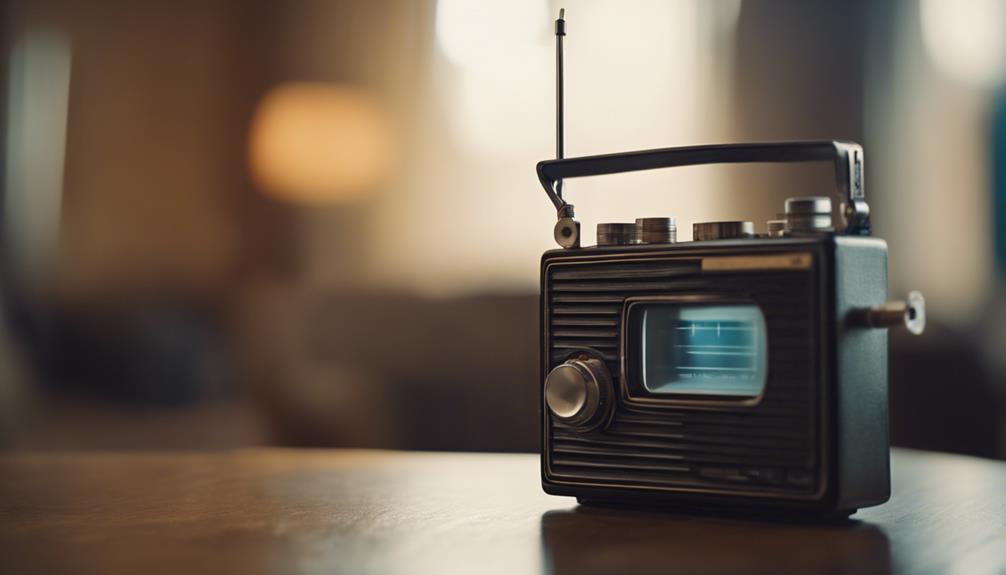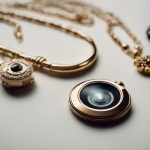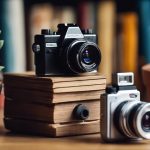To grasp radio spy cameras, understand they wirelessly send video and audio to a receiver via encoded radio waves, essential for covert surveillance. They come in various types like pen, button, and clock cameras, discreetly fitting into everyday objects. With HD recording, motion detection, and remote viewing, they offer real-time monitoring and remote access for added security. Legality hinges on privacy laws and ethical use, respecting consent and privacy rights. Select the right camera based on resolution, recording, and connectivity, and maintain it by cleaning lenses and checking connections regularly. Master the intricacies for efficient surveillance capabilities.
How Radio Spy Cameras Work
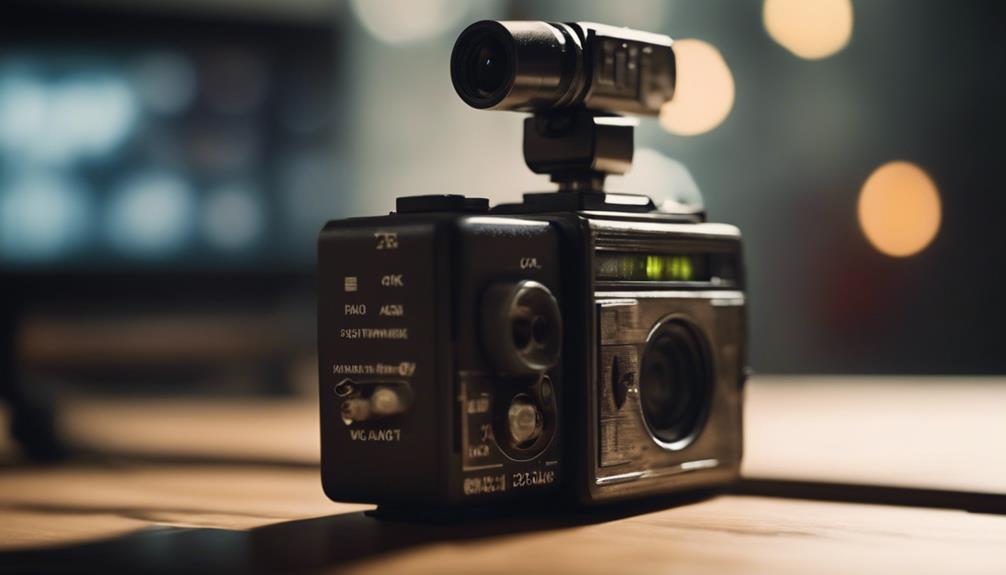
Radio spy cameras operate by transmitting video and audio signals wirelessly to a receiver, allowing for discreet surveillance in various settings. The signal transmission in radio spy cameras is essential for covert surveillance purposes. These cameras use radio frequencies to send the captured footage and audio to a receiver located at a monitoring station or a recording device.
The process of signal transmission begins with the camera capturing the video and audio feed. This data is then encoded into a format that can be transmitted wirelessly. The radio spy camera utilizes radio waves to send this information over the air to the receiver.
The receiver, tuned to the same frequency, picks up these signals and decodes them back into video and audio for monitoring or recording.
Types of Radio Spy Cameras
There are several categories of radio spy cameras based on their design and functionality. These devices are commonly used for hidden surveillance and covert monitoring purposes.
One type is the pen camera, which appears like a regular pen but is equipped with a tiny camera for discreet recording.
Button cameras are another popular choice, often used for undercover operations due to their small size and ability to blend seamlessly with clothing.
Clock cameras are designed to resemble ordinary clocks but have a hidden camera inside for covert video recording.
Some radio spy cameras are integrated into everyday objects such as smoke detectors, picture frames, or even USB chargers, allowing them to discreetly capture footage without raising suspicion.
Additionally, there are wireless cameras that can transmit video and audio signals to a receiver located elsewhere, enabling remote monitoring.
Understanding the various types of radio spy cameras available can help you choose the most suitable device for your surveillance needs.
Features of Radio Spy Cameras

Key features of radio spy cameras include high-definition video recording capabilities, motion detection technology, and remote viewing options for real-time monitoring. These cameras are designed for discreet surveillance, with hidden installation features that make them blend seamlessly into their surroundings. The wireless transmission capability of radio spy cameras allows for flexible placement without the need for cumbersome wires, enhancing their covert nature.
The high-definition video recording capabilities make sure that you capture clear and detailed footage for effective monitoring. Additionally, the motion detection technology enables the camera to start recording automatically when movement is detected, providing you with essential information without the need for continuous monitoring.
The remote viewing options allow you to access live feeds from the camera remotely, enabling real-time monitoring from any location with an internet connection.
Benefits of Using Radio Spy Cameras
One notable advantage of employing radio spy cameras is the discreet surveillance they provide, allowing for covert monitoring without drawing attention. This feature addresses privacy concerns by enabling unobtrusive monitoring in various settings, such as homes, offices, or public spaces. Individuals can use radio spy cameras to observe activities without intruding on the privacy of others, making them a valuable tool for discreet surveillance needs.
Moreover, radio spy cameras offer significant security benefits by enhancing the ability to monitor premises in real-time. With these cameras, you can keep an eye on your property remotely, ensuring that your assets and loved ones are safe and secure. The ability to access live feeds from these cameras through mobile devices adds an extra layer of security and peace of mind, allowing you to respond promptly to any suspicious activity.
Legal Considerations for Radio Spy Cameras
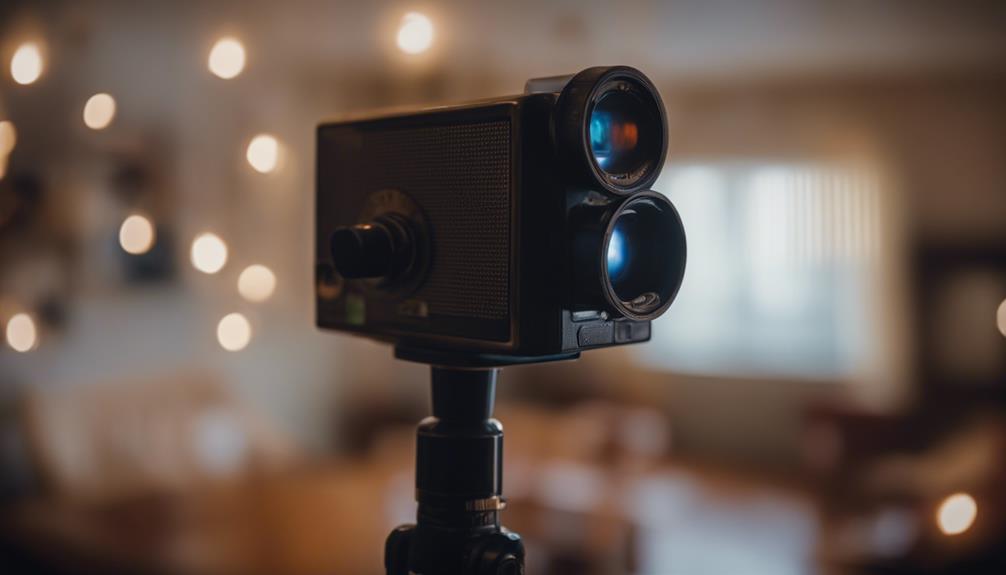
Understanding the legal implications surrounding the use of radio spy cameras is vital to guarantee compliance with regulations and safeguard against potential legal issues. Privacy laws play a significant role in determining the legality of using radio spy cameras. It's essential to be aware of local, state, and federal regulations regarding surveillance and privacy to make sure that the use of these cameras doesn't violate any laws.
Ethical concerns also come into play when considering the use of radio spy cameras. While they can be valuable tools for security and monitoring purposes, it's important to balance the benefits with the potential invasion of privacy that may occur.
Ensuring that the use of radio spy cameras is ethically sound involves obtaining consent when necessary, using the cameras for legitimate purposes, and respecting the privacy rights of individuals.
Setting Up Radio Spy Cameras
To set up radio spy cameras efficiently, make sure that you have selected ideal locations for placement to maximize coverage and minimize blind spots. When choosing locations, consider factors such as the area you want to monitor, the range of the camera's signal, and potential obstacles like walls or interference sources. Installation tips include ensuring a stable mounting surface, such as a wall or ceiling, to secure the camera in place. Additionally, make sure to follow the manufacturer's instructions for setting up the camera, including properly connecting it to a power source and configuring any necessary settings.
A troubleshooting guide can be handy in case you encounter issues during the setup process. Common problems may include poor signal quality, difficulty connecting to the monitoring device, or unclear video feed. If you face these challenges, double-check the camera's positioning and make sure there are no obstructions blocking the signal. Refer to the camera's manual for troubleshooting steps, such as adjusting the antenna or resetting the device.
Remote Monitoring With Radio Spy Cameras
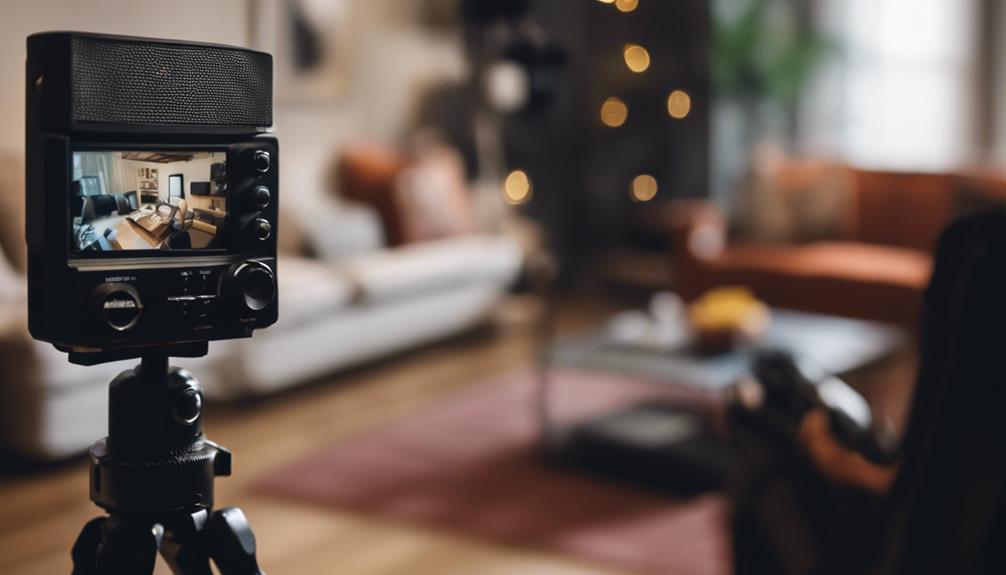
When it comes to remote monitoring with radio spy cameras, ensuring proper connectivity and signal strength is essential for effective surveillance operations. Live streaming capabilities are critical for real-time monitoring of the target area. This feature allows you to view the footage from the camera remotely, providing instant access to the information being captured. It's essential for conducting covert surveillance without alerting the subjects under observation.
To maintain a seamless live streaming experience, a stable internet connection or a dedicated network is necessary. Any disruptions in the connection can compromise the surveillance operation. Additionally, optimizing the camera placement for the best signal strength is crucial to ensure continuous monitoring without interruptions.
Remote monitoring with radio spy cameras offers a discreet way to keep an eye on specific locations without physical presence. This method is commonly used for various purposes, including home security, workplace monitoring, and law enforcement activities. By leveraging live streaming and covert surveillance features, these cameras provide a powerful tool for enhancing situational awareness and security measures.
Applications of Radio Spy Cameras
For a thorough examination of the practical uses of radio spy cameras, consider their diverse applications in surveillance and security operations. Radio spy cameras are commonly utilized for covert surveillance, allowing users to discreetly monitor and gather information without being detected. These cameras are designed to be inconspicuous, enabling them to capture footage without drawing attention.
One of the key applications of radio spy cameras is hidden recording. These devices are often used to secretly record activities in various settings, such as offices, homes, or public spaces, to gather evidence or monitor behavior. The ability to record video and audio covertly makes radio spy cameras valuable tools for investigations and security purposes.
In security operations, radio spy cameras can be strategically placed to monitor sensitive areas or track individuals without their knowledge. By blending in with the environment and providing remote viewing capabilities, these cameras offer a discreet way to enhance surveillance measures.
Choosing the Right Radio Spy Camera
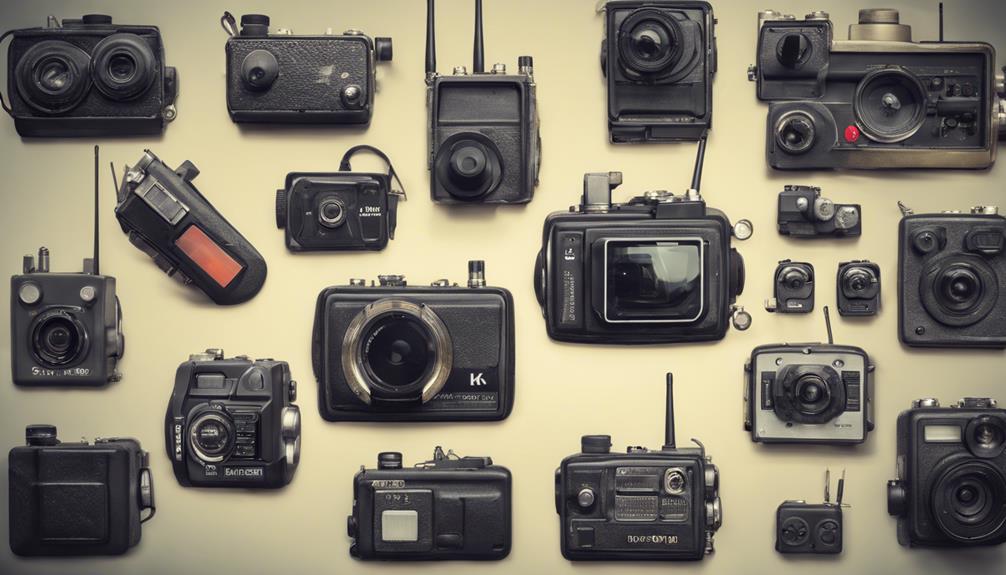
Selecting the appropriate radio spy camera involves assessing key features and specifications to meet your surveillance needs effectively. Hidden cameras are essential for discreet monitoring, making them ideal for covert operations.
When choosing a radio spy camera, consider factors such as resolution, recording capabilities, and connectivity options. Higher resolution cameras provide clearer images, enhancing the quality of surveillance footage.
Surveillance devices with motion detection capabilities can help conserve storage space by only recording when movement is detected. Additionally, look for cameras with night vision functionality for 24/7 monitoring in various lighting conditions.
Consider the size and placement options of the camera to guarantee it remains inconspicuous in the desired location. Evaluate the power source of the camera, whether battery-operated or requiring a continuous power supply.
Ultimately, the right radio spy camera for you'll depend on your specific surveillance requirements and the environment in which it will be used.
Tips for Maintaining Radio Spy Cameras
To guarantee peak performance and longevity of your radio spy camera, regular maintenance is essential. Here are some maintenance tips to make sure your device operates smoothly.
To start with, regularly clean the lens and the exterior of the camera using a soft, lint-free cloth to prevent dust and dirt buildup that could affect image quality.
Next, check the batteries periodically and replace them as needed to avoid sudden power failures during critical operations. Additionally, inspect the camera's connections and cables for any signs of damage or wear, as these can lead to connectivity issues.
Troubleshooting techniques are also important in maintaining your radio spy camera. If you experience connectivity problems, try resetting the camera by turning it off and on again.
Ensure that the camera is within the transmission range of the receiver to prevent signal interference. In case of persistent issues, consult the user manual for specific troubleshooting steps or contact the manufacturer's customer support for assistance.
Conclusion
To sum up, radio spy cameras offer a discreet and effective way to monitor and record activities in various settings. With a range of features and options available, these devices provide valuable surveillance capabilities for both personal and professional use.
Understanding how radio spy cameras work, the types available, and legal considerations is crucial for maximizing their benefits. By selecting the right radio spy camera and following maintenance tips, you can guarantee peak performance and peace of mind.
